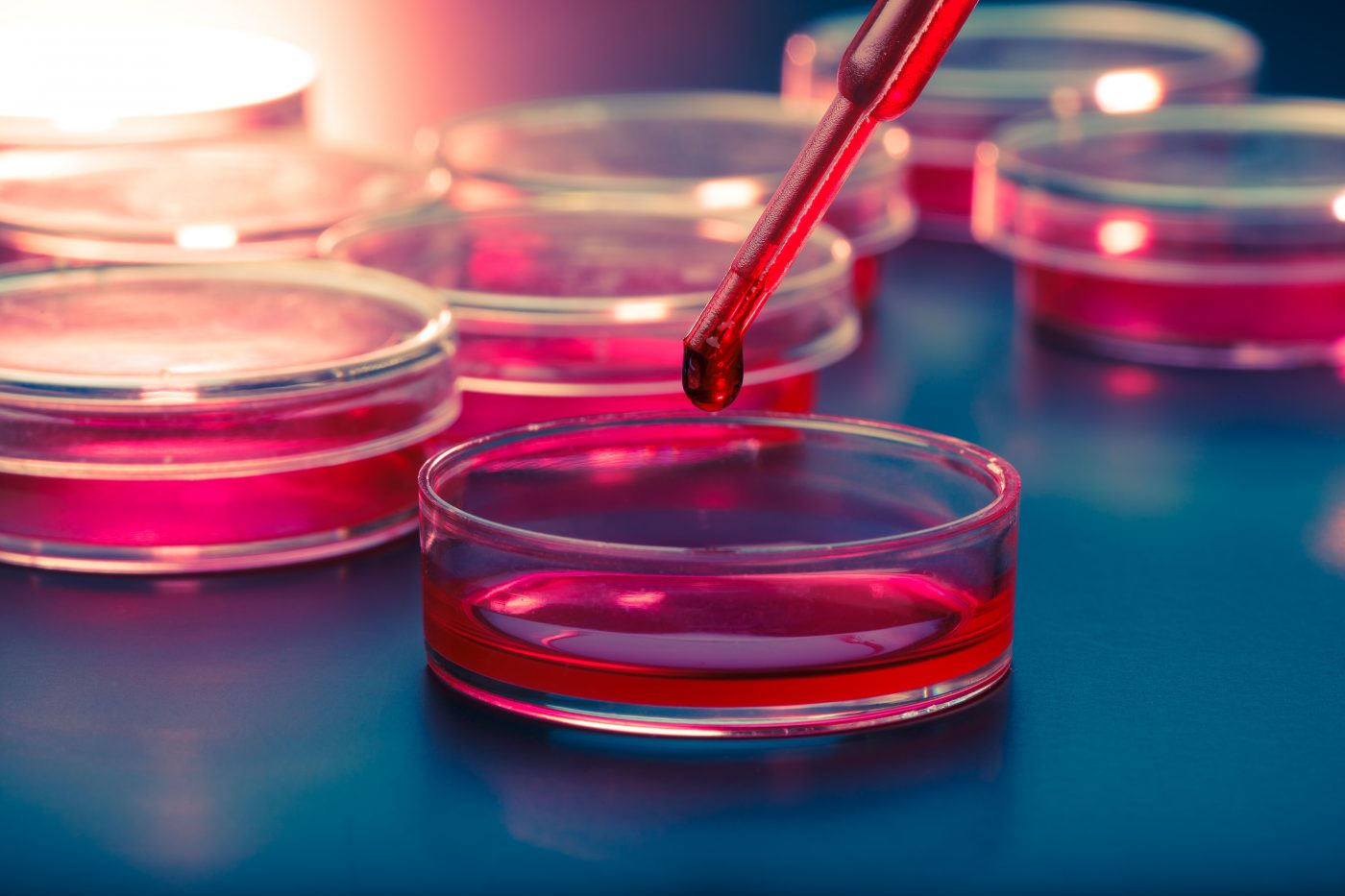New Way of Creating Lung Cells Could Help Researchers Understand IPF, COPD

A new technique to create lung cells from other, more easily accessible cell types could be useful for understanding diseases like idiopathic pulmonary fibrosis (IPF) and chronic obstructive pulmonary disease (COPD).
The technique was described in an article, “Reconstructed Single-Cell Fate Trajectories Define Lineage Plasticity Windows during Differentiation of Human PSC-Derived Distal Lung Progenitors,” published in the journal Cell Stem Cell.
The biology of human lung cells can be challenging, because it is difficult to obtain samples of cells directly from human lungs. One way to circumvent this is through the use of induced pluripotent stem cells (iPSCs).
iPSCs are developed by taking cells from elsewhere in the body, such as the skin or blood, and “reverse engineering” them to a stem-like state. Like naturally occurring stem cells, the iPSCs are then able to differentiate into other types of cells, including lung cells, if given the right molecular cues.
However, the process is not perfect. In experiments, some iPSCs will differentiate into lung cells as intended, while others will develop into other cell types, for reasons that aren’t completely understood. Those cells that do become lung cells generally don’t keep their lung cell characteristics for a long time after differentiation.
Researchers at Boston University School of Medicine, Carnegie Mellon University, and Royal College of Surgeons in Ireland used a combination of iPSCs and machine learning (an artificial intelligence technique that allows computers to learn) to develop a new model to generate lung cells.
They derived iPSCs from adult skin or blood cells, and reprogrammed them back to an embryonic stem cell-like state. Through sequencing of the genetic information in these cells, combined with a barcoding system — genetic tagging of individual cells to allow tracing of their progeny during cell differentiation —they determined the factors that made stem cells differentiate into lung cells.
“We developed a combination of techniques that examines the gene expression [gene activity] of thousands of single cells, combined with DNA barcoding of each individual cell and machine learning, to build up a dynamic picture of what factors favor cells that go on to be lung cells in our system,” Killian Hurley, MD, PhD, researcher at the Royal College of Surgeons and co-author of the study, said in a press release.
“Using this knowledge, we were able to improve our methods for generating lung cells, so that we can now create more relevant cells that keep their cell identity in a dish for more than one year,” Hurley said.
The researchers found that unusually high signaling activity in the Wnt pathway — which passes signals to cells as they develop and determines how they behave — caused the iPSCs to stop differentiating into lung cells. They determined that limiting these signals could help promote lung cell differentiation.
Timing was also important, the researchers found. “[C]ell fate is not completely decided before day 17,” so limiting Wnt signaling at this point was most effective for inducing the iPSCs to differentiate into lung cells, they said.
The researchers identified the protein CEBPD (CCAAT Enhancer Binding Protein Delta) as a regulator of lung cell development. CEBPD had previously been implicated in lung cell development in mice, but not in humans.
The “work provides insights into human lung development, including further assessment of the role of early modulation of the Wnt pathway after initial human lung specification in specifying [lung cell] fate, and the identification of CEBPD,” the researchers wrote.
The ability to more easily develop lung cells from skin and blood cells, which can be collected with relative ease, could open new avenues for studying conditions where these cells behave irregularly, such as IPF and COPD, they said.
“The key hurdle to understanding what goes wrong with an individual patient’s lung cells has been our inability to access those cells or to grow them in the laboratory,” Darrell Kotton, MD, professor at Carnegie Mellon University and study co-author, said.
“This approach allows us to now engineer from any individual patient those very finicky cells, and to introduce bar codes into those cells that allow us to track and understand each cell and all their progeny over time in the laboratory dish,” Kotton said. “The result is an inexhaustible source of new lung cells that can be prepared from any patient of any age.”
“The machine learning methods we developed for this study can also be applied to studies of other tissues and organs,” said Jun Ding, PhD, from Carnegie Mellon University, and study co-author. “We hope that our newly developed techniques for generating a pure, unlimited supply of cells using patients-derived stem cells can make possible new treatments or cures for diseases. These developments would prolong lives and improve the quality of those lives.”






